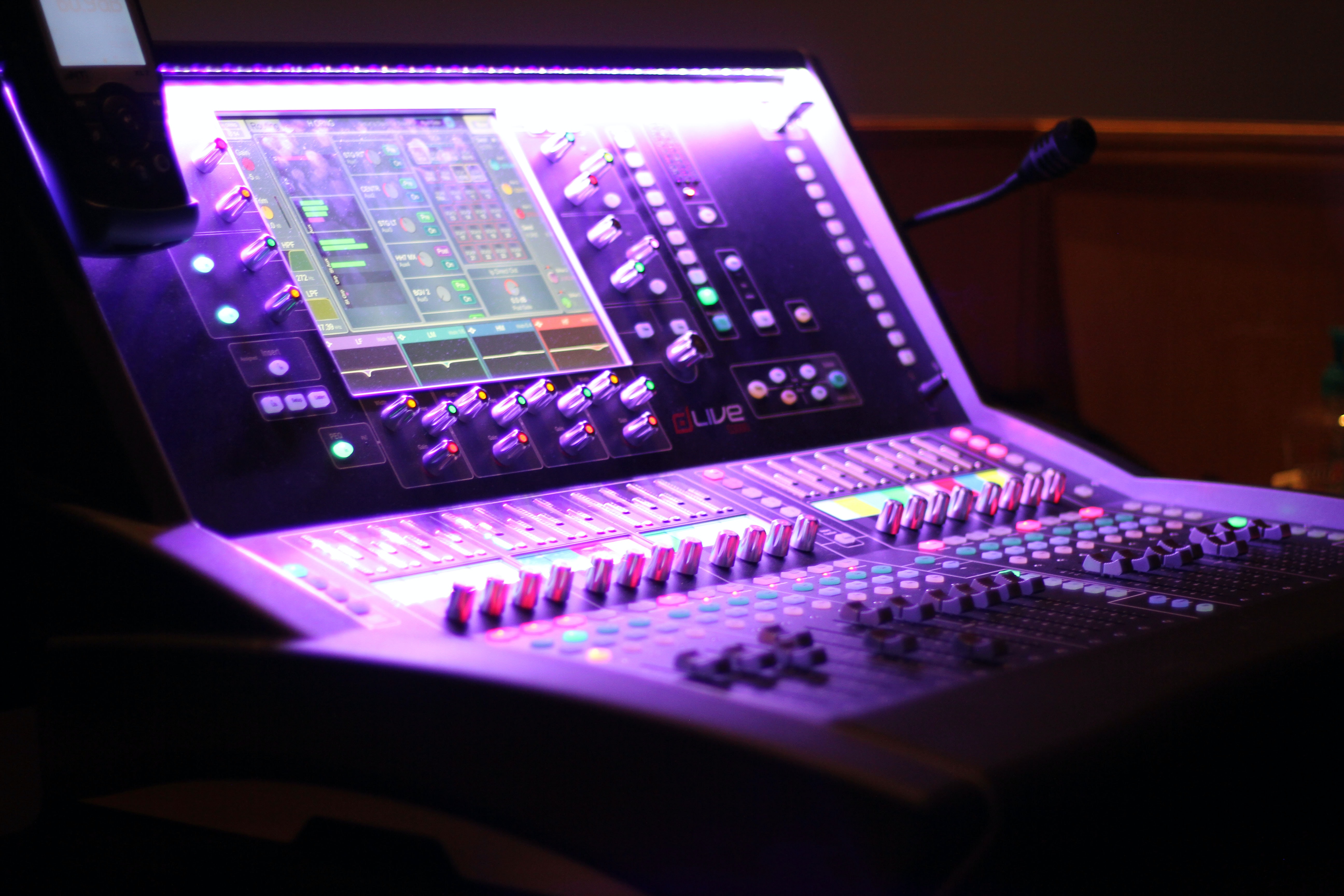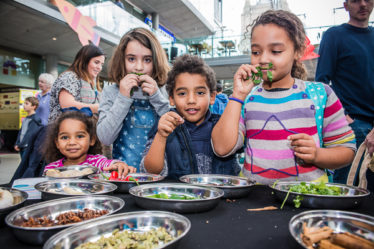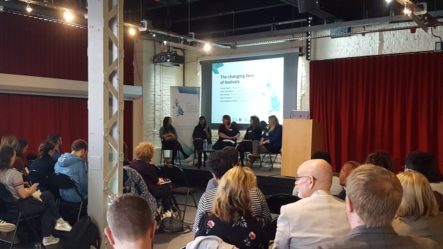
By Sarah Jones, Projects Manager and Digital Programme Lead at the Northern Ireland Science Festival
When we were first planning for our UKRI/UKSFN: Bringing young people and researchers together 2020 project in May/June, the sun was shining, the days were long and the end of the lockdown seemed to be in sight.
Now, in the midst of November and our second ‘circuit breaker’ lockdown here in Northern Ireland things are quite different. The learning curve on this project has been steep – all the normal ways of working and expectations have really been thrown out the window.
Our project involves working with researchers at Queens University and the Sonic Arts Research Centre. The aim of our project was to show 11-17 year olds from North Belfast and beyond that research and science is not all lab coats and test tubes – that you can work with music and sound and be a researcher.
The past year has made it apparent that it is much harder to do engagement remotely – particularly when it comes to getting relationships going with participants who don’t normally take part in ‘science’ activities. We had built relationships with youth workers to reach the young people, but most reported they weren’t meeting in person and only talking to the kids through WhatsApp and text message.
Northern Ireland has gone from having one of the lowest rates of COVID-19 in the UK to the highest. This has affected how easy it has been to work with people due to furlough and groups not meeting.
One youth worker said that because they have to contact their young people all through a central message group, it’s quite hard for some to say that they are interested in coming to a science event. They are worried that they’ll be made to feel embarrassed that they’d want to do something related to ‘science’. This is an issue that can be worked around more in person – you have that chance to change minds, you can be in their space and encourage people to just give something a try.
Another community partner told me she had to double or treble book sessions in the hope that she’d get enough people to turn up to their online workshops to account for drop-out rates.
At our first Zoom session only a small number of the participants arrived – with 6 adults all looking at one another. I think we should have expected this – we are all Zoom fatigued and fed up with the dark nights and grey days and people are spending so much time online. Talking to the participants who didn’t turn up afterwards, they said they were worried about doing a Zoom call, or were feeling too bogged down in homework. They all said they’d like to meet in-person.
So, where are we now – mid-way through the project?
We talked about how we could change our plans to see if we could do another session in-person. Working with Queens University and the team at the Sonic Arts Research Centre lab we did an extensive risk assessment and agreed it could all be done. On the day more participants arrived (4x more than were at the Zoom session!) and were taken to The Sonic Lab, which is a state of the art, specialist acoustic space designed to provide a unique and exciting listening experience – the auditory equivalent of an IMAX cinema. We found out how sound is made and then discovered how to use field recorders and went out hunting for sounds – I’m sure people wondered what we were doing, walking around recording doors opening, rain falling on containers and the sound of our feet splashing in puddles!
Thankfully, I was able to talk with the British Science Association and share my worries and concerns – and the adage is true, a problem shared is a problem halved. Lots of people have been finding it tough – the normal ways of working have been thrown out the window and you just have to adapt and change.
We feel more positive now going into the next sessions. We’ve met the participants, hope they’ll continue to attend and that our final performance, whether online or in-person, will give them a real sense of achievement.

